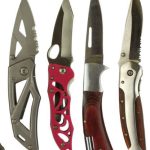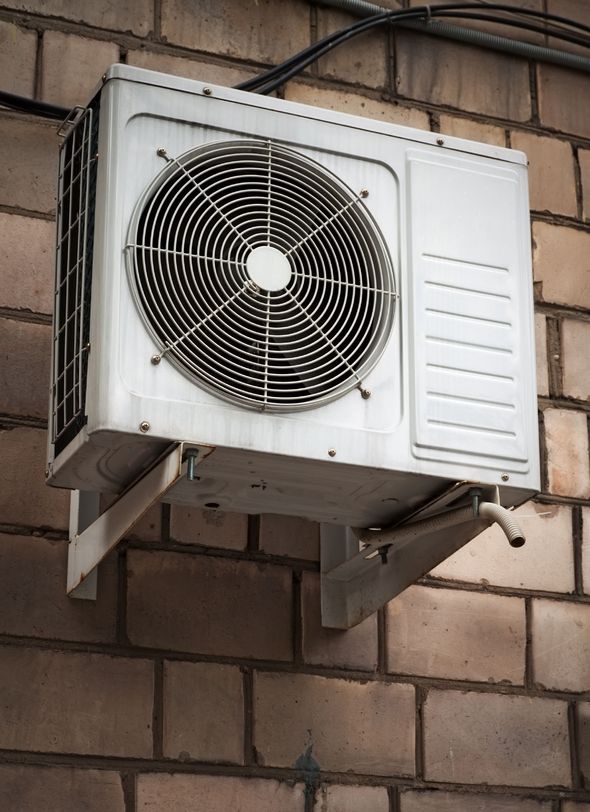Boxes come in different size and shapes. They fulfil many roles including protective ones during shipping and packaging of products for sale. In general, cardboard and paperboard comprise what manufacturers use to produce boxes and cartons. These materials also come in different types, including chipboard. Boxes of this substance are common for packaging certain items for sale in various categories of retail outlets.
What Is Chipboard?
Chipboard is a recycled product. It contains previously used paper and other fibers. The process to form it requires taking the recycled components, pressing them together using pressure heating and applying resin glue. The result is a multilayer product of various sizes and thicknesses with inherent impurities and blemishes that make it unsuitable to retain certain types of printing nor be adaptable to folding.
In order to improve the overall appearance of chipboard, some companies produce a white-lined chipboard. It is of a higher grade and exhibits a greater strength than regular chipboard does. The coating that gives the chipboard its white appearance is derived from clay. The chipboard producer may apply two or more layers of coating on the printing (top) surface and the reverse. This improves its ability to receive and display graphics.
The least expensive form of paperboard, chipboard is also environmentally friendly. Like any other box, a company can customize it to suit the requirements of the client.
What Are the Applications of Chipboard Boxes?
Chipboard is suitable for a variety of packaging. It can form the outer layers of various cartons intended to contain:
- Tea
- Breakfast cereals
- Frozen and chilled foods
- Shoes
- Tissues
- Toothpaste containers
- Toys
Chipboard boxes, because of their different thicknesses and sizes are excellent for a wide variety of applications. More frequently than not they are the most common type of paperboard appearing on grocery and other retail store shelves. However, because they consist of recycled materials, they are not usually used to package food. They may form the outer layer of food packaging but not the inner layer that touches the actual edible products.
On a lighter note, chipboard forms the basis of many a craft project. It is easy to cut. In fact, chipboard is simpler to work with than any other type of cardboard or paperboard. It is also usually cheaper to purchase. Budding artists often use cereal and other boxes made from chipboard to put together their latest school art project.
Chipboard Boxes
If you want to combine functionality with lower packaging costs, the obvious choice is chipboard. It is a durable material easily cut and fashioned to suit your products, although they cannot be placed in direct contact with edible products, chipboard boxes are among the most popular forms of paperboard available on the market today.






